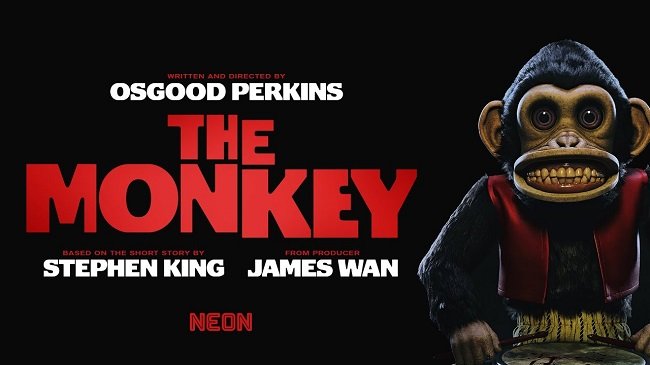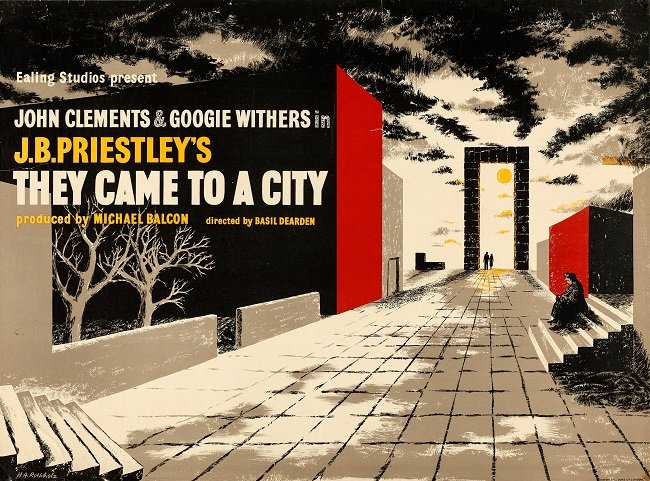The Standoff at Sparrow Creek (2018)
Inside a dark, remote warehouse, seven members of an unnamed midwestern militia meet. They’ve all heard via radio or police scanners that an unnamed, armed shooter armed with a modified AR-15 has opened fire on a police funeral. The assailant also plant IEDs and the casualty rate is therefore very high. This means the authorities will be scouring the countryside, raiding all known militia groups and their affiliates in the region. The men’s concern quickly turns to panic when they discover that one of their AR-15 is missing from their weapons cache, along with body armour and explosives. Is one of their own the shooter? Ford (Chris Mulkey), the group’s no-nonsense leader, asks fellow member Gannon (James Badge Dale), a former police interrogator, to question all the men and determine who is responsible. However, matters prove more complicated as Gannon knows that one other member, Noah (Brian Geraghty), is an undercover cop. Can a solution be found before the police inevitably come calling?
The Standoff at Sparrow Creek is a rather unique variation on a what is essentially a Reservoir Dogs scenario, which is in itself is just a modern riff on an Agatha Christie plot. The movie is a claustrophobic, sombre and dialogue driven slow burn. Director Henry Dunham’s presents a series of mind games,bluffs and double bluffs, all of which have a basis in psychology and police interrogation techniques. Gannon explores the men’s pasts and uses different tactics with each one. Morris (Happy Anderson), has a chip on his shoulder about the police, which as Gannon discovers, may be justifiable. Meanwhile Keating (Robert Aramayo), a hyper-intelligent young man who chooses not to speak has an annotated copy of The Catcher in the Rye among his possession. Something that Gannon feels may indicate repressed feelings of superiority. And as these frantic cross examinations play out police band radio indicates that the local attack has inspired other militia groups around the country and that a potential uprising is underway. Should the group try to distance themselves from events or simply embrace what is happening. It is after all what they’ve been preparing for.
The underlying strength of The Standoff at Sparrow Creek is in its central performances from seven distinct character actors. James Badge Dale provides a strong intensity to Gannon yet manages to remain ambiguous in his motivations. Morris (Happy Anderson) is belligerent and bellicose yet has a deeper story to tell when pushed. Hubbel (Gene Jones) also has a tale to tell of an everyday life that slipped out of control over a logistical tragedy. Patrick Fischler is interesting as the technically literate Beckmann, who handles most of the group’s radio communications. This expositionary role provides information from the outside world and is used as a means to up the ante within the sealed warehouse. Writer and director Dunham films the environment effectively, creating atmosphere with backlit wide shots, and cavernous corridors with occasional patches of light. Not only is this an aesthetic choice, possibly driven by the film budget, it contributes to the oppressive themes.
Because the acting is solid and the scenario absorbing, viewers are draw attention away from some of the screenplay’s weaker elements. The director clearly want to make metaphorical point and maintain the movies allegorical quality. Hence the politics of the militia and its members are not fully explored, beyond establishing the narrative. These are disillusioned men, but their wider goals and motivations are left ambiguous. As the plot clearly focuses on the need to protect the group there is naturally a strong bond between them, irrespective of their superficial dislike of each other. Yet this is put aside to make room for the films philosophical point, which comes at the story’s climax. However, irrespective of this deliberate choice by director Henry Dunham, The Standoff at Sparrow Creek remains a memorable directing debut offering a strong, thoughtful and well-acted ninety minutes of drama.










